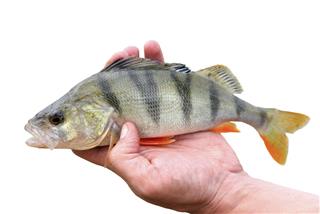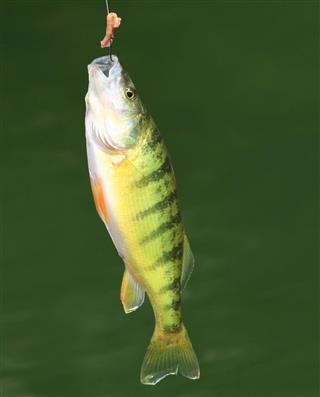
Perch fish are a colorful breed of fish. They are one of the most abundantly available fish species. This article provides some interesting facts about these sea animals.
Perch fish are freshwater species belonging to the family Percidae. With more than 6000 species and over 150 families, they are distributed largely among different geographical locations. The natural habitat of these fish ranges from Thailand, to Sri Lanka, Indonesia, Malaysia, Vietnam, Southern China, Taiwan, Philippines, and Cambodia. They are also found in Europe, Nigeria, Mississippi, South Carolina, Hudson Bay, Chesapeake Bay, Nova Scotia, and the Atlantic coast. These fish species are also known by many common names which are derived from their place of origin. They have unique anatomical features that distinguish them from other fish types.
Common Species
This is a list of the most common perch species along with their scientific names.
- Anabas testudineus – Climbing perch
- Perca fluviatilis – European perch
- Perca schrenkii – Balkhash perch
- Perca flavescens – Yellow perch
- Macquaria ambigua – Golden perch
- Bidyanus bidyanus – Silver perch
- Leiopotherapon unicolor – Spangled perch
- Morone americana – White perch
Appearance
The anatomy and characteristics of perch fish vary from species to species. Study shows that these fish grow to an average size of 10-20 inches. The color also varies for different breeds, and they have been named accordingly as yellow, golden, or silver perch. Yellow perches have the most distinguishing features, with 6-8 dark bands across their sides and black over their yellow or golden coloration. Perch fish also have a very long and strong spine.
Climbing perches have torpedo-shaped heads with an elongated body. They have a colorful, muddy appearance with olive-colored scales. They use their pectoral fins, caudal peduncle, and gill covers for locomotion. They also have spines over their gill covers that act as a defense mechanism. The appearance also includes a large mouth with sharp teeth. They have slender bodies, short heads, and blunt snouts.
Habitat and Lifestyle
Their lifestyle is known as semi-anadromous. They can be seen migrating to tidal water and brackish water also. Being freshwater, they are found in ponds, lakes, and rivers. During winter seasons, they usually drift in the downstream portions of rivers. In case of pet perch fish, the temperature inside the aquarium should be between 20°C – 25°C and well-planted. They have a predatory nature.
Diet
Some facts about perch fish say that they mostly feed on invertebrates. They are either omnivorous or herbivorous. They feed mostly on planktonic crustaceans. Aquatic insect larvae and corals are also a part of their diet. Larval perches feed mostly on cladocerans, copepods, and zooplankton. Larger perches consume smaller fish as well.
Reproduction
The perch fish spawning season is between April and May. The female is of a larger size, while the male is distinguished as darker in color with an edgy anal fin. They spawn in shallow water. There must be plenty of plants inside aquariums as they shed their eggs in long gelatinous rows under tree roots or aquatic plants. Their spawning is vigorous. Once they have spawned, the adults must be removed as they eat the eggs. The young fries require green water and egg yolk paste as their first food.
Uses as Food
Perch fish are consumed all over the world and they generate substantial commercial income for fish farming. A variety of fishing methods have been devised to trap these fish. The most common fishing techniques are lure fishing and float fishing. This species is very notorious and cunning, so subtle techniques are applied to catch them.
If you are interested in fishing, you can always practice this recreational activity or else you can also rear perch fish at home.










